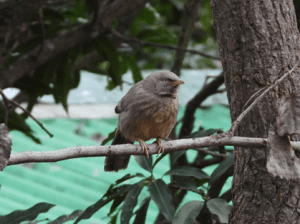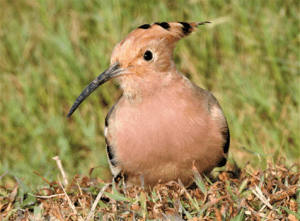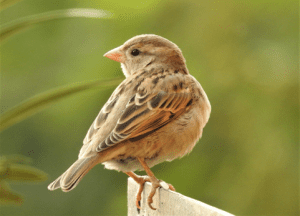TAG: GS 3: ECOLOGY AND ENVIRONMENT
THE CONTEXT: January 5 is observed as National Birds Day in some parts of the world. It is aimed at raising awareness for the conservation of avian species that have been adversely affected by habitat destruction, reducing food choices and climate change.
EXPLANATION:
- It serves to raise awareness about the conservation of avian species impacted by habitat loss, reduced food sources, and climate change.
- India, a country rich in biodiversity, faces challenges in preserving its bird populations, especially in urban areas.
- The Minister for Environment, Forest, and Climate Change emphasized the importance of preserving wetlands to protect bird populations.
- These areas serve as vital habitats for various bird species, particularly those migrating to India during winter.
- Despite declining numbers, Indian cities host diverse bird species.
- Amateur ornithologist Gargi Mishra’s columns in Gobar Times during 2021-22 beautifully document the vivid colors, behaviors, and significance of several Indian urban birds, shedding light on their conservation needs.
Understanding Indian City Birds through ornithologist’s Insights
- The Angry Bird: Jungle Babbler
- It describes the Jungle Babbler’s argumentative nature, their essential role in pest control, and their remarkable adaptation to urban environments.
- The name ‘saath bhai’ or ‘Seven Sisters’ in various regional languages captures their social dynamics.
- However, the bird faces challenges from brood parasitism.

- The Versatile Creature: Oriental Magpie-Robin
- The Oriental Magpie-Robin’s mimicry, expressive behavior, and preference for human settlements are highlighted.
- It notes their striking appearance, vocal abilities, and their dual nature of gentleness and fierceness, especially during territorial defense.
- Aimed to Amaze: Common Hoopoe
- The Common Hoopoe’s distinctive appearance, migratory habits, foraging behavior, and unique nest-defense mechanisms are detailed.
- Their elegant appearance and their critical role in controlling agricultural pests has been portrayed.

- Rolling with Every Punch: Indian Roller
- The Indian Roller’s cultural significance as a harbinger of happiness and its aerobatic displays are emphasized.
- Their susceptibility to anthropogenic threats like traffic collisions and electrocution despite being beneficial for pest control in agriculture has been highlighted.

- When Beauty Lies in the Eyes of the Beholder: Indian White-Eye
- The Indian White-Eye’s distinctive eye ring and its role as a pollinator are highlighted.
- It narrates their sociable nature, nesting behaviors, and the challenges they face due to habitat degradation and increased predation.
- Hold No Bars: Brown-Headed Barbet
- The Brown-Headed Barbet’s loud calls, unique appearance, foraging habits, and vulnerability to habitat degradation and pet trade, contributing to their population decline has been described.
- House of Sparrows
- The significance of house sparrows in human habitats, their adaptations, decline due to changing environments, and human-induced threats are illuminated.
- The need for conservation efforts to protect these familiar yet declining species has been emphasized.



